Artificial grass is preferred by most homeowners because of its ability to remain healthy and presentable despite its low maintenance requirements. Artificial grass does not pose the same risks as natural grass and does not require the same amount of maintenance.
Once a month, a little maintenance can save you more time and trouble than none at all. It will not only keep your lawn looking new for longer, but it will also increase the grass’s lifespan and make it much safer for youngsters. Joshua Apodaca of Artificial Grass Masters in Phoenix offers more than artificial turf.
Turf care entails keeping track of what occurs to your grass daily.
-
For Mild Stains
- Cleaning and caring for stains such as cola, alcohol, urine, blood, coffee, tea, and other common substances is quite simple.

- This is the best method to ensure that a spill does not create a long-lasting and to clean the stain as soon as possible.
-
For Stubborn Stains
- Motor oil, grease, pen ink, cooking oil, suntan oil, and crayon can all end up on your lawn, and they’re usually a little more tenacious than the commonplace substances mentioned above.
- If mild household detergents or an ammonia solution fail to remove the discoloration, try mineral solutions.
-
For the Sticky Stuff
- Tree sap and chewing gum can also get trapped in artificial turf, although they’re quite simple to remove.
- Dry ice or spray refrigerants can be used to freeze the sap or gum, which can then be scraped from the grass.
-
Removing Pet Waste
- Antimicrobial materials are frequently used in synthetic lawns, which helps to keep your family and pets safe.
- When it comes to solid pet waste, you should aim to collect it as quickly as feasible.
-
Maintaining Your Lawn for the Future
- Depending on how it is used, artificial turf can last anywhere from 15 to 25 years.
- It will last longer if you follow the practice of cleaning debris from the grass, rinsing it frequently, and cross brushing it.
-
Equipment You’ll Need
- A leaf blower or a lawn vacuum can be used to remove falling leaves before they become embedded in the artificial turf.
- A rake will also help to maintain the grass fibers fresh and unmatted; however, avoid harming metal bristles and instead use synthetic or plastic bristles, which are far friendlier on artificial turf fibers.
-
Clean, Rinse, Brush, Repeat

- Clear the grass of any debris. Keeping your lawn safe from damage means removing leaves, branches, and other debris.
- Regularly rinse the turf. Use a hose filled with cool, clear water to remove dust and pollen.
- Brush against the grain in high-traffic areas. Cross-brushing the grass against the grain can keep it from becoming matted and keep it looking healthy and new.
It’s time to think about artificial grass if you’re one of those homeowners who spend hours grooming genuine grass. As a result, there is more ease, convenience, and consistency in appearance. Artificial grass is a worthwhile investment that simply requires routine care and maintenance to stay in top shape. Joshua Apodaca of Artificial Grass Masters premier pro provides sun shade to prevent solar reflections from melting and damaging artificial grass. Schedule an appointment with him at (602) 691-5227.


